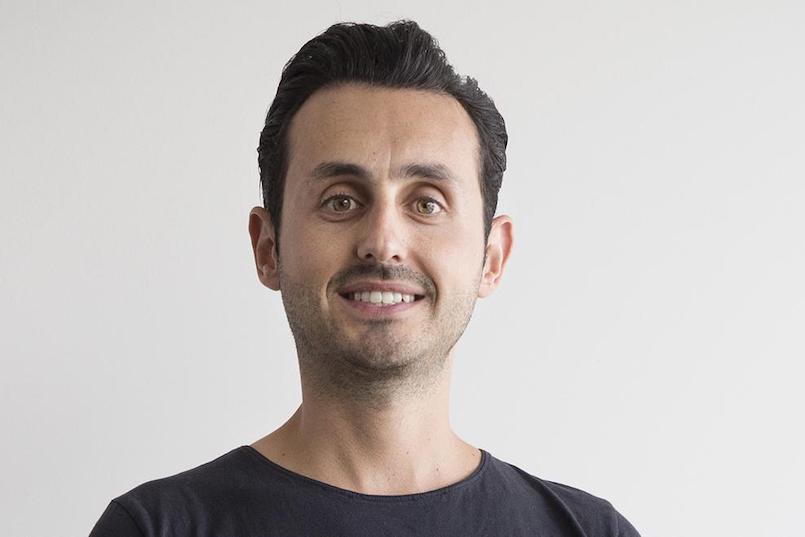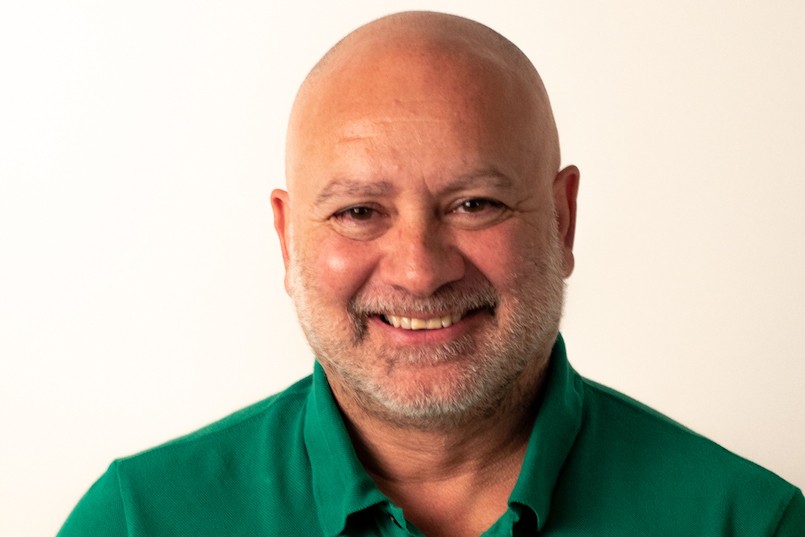Being ‘the lead agency’. It’s been an agency goal, a badge of honour, a holy grail, a source of increased influence, kudos and revenue for as long as I can remember.
More often than not, within any given marketing client with more than one agency, there’s more than one claimant to the throne. Either internally, externally or both, there will be a kind of fixed determination to consolidate this position, whether the marketing client wants it or not.
Try, try… and try again
Having grown up in media agencies, I’ve experienced first-hand a broad spectrum of internal tactics designed to elevate the media agency into some kind of lead position. But media agencies, historically, have fought a losing battle, more often than not. The clients generally defer to, or appoint outright, the advertising agency to a lead role, based on ‘brand’ and ‘creative’ taking the lead in the linear approach to campaign execution.
Who amongst us hasn’t been in the room for the traditional ‘joint strategy presentation’ where 95% of the time is taken by brand and creative, with the media agency reduced to five minutes and one rushed spreadsheet at the end?
I’ve been there. In fact I’ve been there when my team and I have worked into the night to build a fully fleshed presentation, only to have it cut down in the room, on the day. ‘Just put up the media plan, there’s a good chap’.
The reasons for this dynamic – including but not limited to disjointed process, politics, bad inter-agency communication, forced suppression of one agency by the other – is not my focus today.
Also not intended is some kind of pro-media agency rant. Any agency roster structure should be tailored to specific need. All I’m saying is that broader consideration could be given to the potentially latent talent pool lying within your media agency.
There are very good reasons to re-consider the approach.
There follows three well known facts, a statement, and a question.
Fact 1:
The advertising process, via many means but particularly via data, now has the real ability to place the consumer at the centre, rather than at the end, of a communication, in a far more personalised way than ever before.
Fact 2:
The proliferation of opportunities to speak with consumers has never been more pronounced, which puts channel selection and content distribution at the top of the strategic ladder; such decisions can help shape a brand.
Fact 3:
Distribution of content means nothing, in effectiveness terms, unless that content is tailored to channel. Matching luggage creative no longer cuts it.
The relevancy of the media agency has never been greater.
OK, three relatively well known facts. Here’s my statement.
Statement:
If my facts are basically correct, the media agency should be absolutely central in driving strategy – not on the periphery, not in a silo, and not at the end of a process.
Yet, it doesn’t happen that way, does it? At least it’s not the norm. This isn’t just my own experience, it’s the experience we have as consultants with clients who ask us to help them re-structure agency rosters. When we talk about shifting to a roster model that places the media agency as a central or lead strategic pivot, partner, whatever the word – we often get a blank look, or a lightbulb over the head, or both. Marketers simply aren’t thinking in this way.
What prevents change?
So, my question is this: why not? Why aren’t media agencies working with marketers as the central strategic partner, as much as they should?
I have some thoughts that may help answer the question. I’d love to hear from others who agree or disagree. Here they are, in no particular order.
1. Media agencies are often terrible at selling themselves.
I apologise to all my media agency colleagues, many of whom are extremely talented, for any offence caused by this remark. And I unreservedly include myself in my own analysis, at various points of my career. But let’s face it, it’s true, isn’t it?
Media agencies could learn a lot from advertising agencies (amongst others) about how to package ideas or propositions, so that they are simple to understand, conceptually powerful, effectively presented, in the right forum, and in a way that isn’t too ‘salesy’.
Too many clients tell me now that they feel too ‘sold’ to by media agencies pushing additional services. We never hear that about advertising agencies.
2. Internal pressures placed on media agency business leads, coupled with lack of training, can be woeful.
When you’re being pushed to ‘increase short term revenue’ it doesn’t really engender a consultative conversation with the client about a shifting role for the agency. Which leads to a terrible approach. When you haven’t been trained in how to start or structure a change conversation, you make lots of mistakes. The client is left more confused than when you started.
3. Tradition is a hard thing to break.
It is, of course, in the interest of large advertising agencies to preserve elements of traditional ‘lead agency’ models. They don’t want their positions eroded, and from the perspective of these businesses, rightly so.
They have been very good at denigrating the role and talent within media agencies over a long period of time – sometimes, it has to be said, with good reason. And these guys aren’t stupid – they realise that sands are shifting and are adapting their businesses to maintain grip.
Just look at the number of large ad-agency players now offering ‘full service’, ‘channel strategy’ or ‘media’ and you’ll see what I mean. But ultimately, marketing clients tend to remain rooted in certain traditions, and having the advertising agency as ‘the lead’ is one of them.
4. Transparency and objectivity are still question marks.
One argument for placing the media agency at the strategic centre is that the media agency represents the largest cost centre for the marketer. Unfortunately, this is also a very big argument for keeping the media agency in its box.
Transparency, and as an extension, the trust placed by marketers in balanced and objective recommendations, continue to plague media agencies and will do for some time.
5. The interpretation of what a media agency ‘can do’ is often narrow.
As I’ve said, agencies are often bad at selling themselves. On the other hand marketers, often aided by a quiet word in the ear from advertising agencies, are often willfully narrow-minded about what a media agency is capable of, or should be focusing on.
Media agencies are now retaining a very diverse range of talent – ex-marketers, data scientists, econometricians, to name just three examples. But some clients just don’t want to know.
During my agency career, I’d often have conversations with senior clients about evolution of agency role, and why. Some were more successful than others, as these things always are. And I had to learn about how to have these conversations on the job (no training, see?)
But what used to frustrate me the most was when the client’s response was: can you just do the TV buying and get that right? This, to me, was conscious ignorance. And the client is, of course, not always at fault for this.
The start-point is understanding the opportunity.
There’s no doubt that media agencies should, on the whole, be playing a more strategic role than they currently are.
I don’t think it has to be about world domination, or about lunch-stealing. I think, in my probably naive way, that the roster model for every client should be structured around what that client actually needs, and what is going to drive the best results.
But you don’t know what you don’t know, as someone once said. And if you’re a marketer in that position, without the adoption of an open mind and some education, it will mean that you aren’t able to take full advantage of what your media agency has to offer. You’re not even going to understand what opportunity is there.
I’m going to share some ways to actually drive change in this area in part 2 of this post…so keep an eye out for that. For now, let me leave you with the thought that not being able to take full advantage of your media agency’s services – and to return to the title of this post – is why you should care.
TrinityP3’s Strategic Supplier Alignment service helps you to untangle your supplier roster, understand its strengths and weaknesses, and develop an optimal structure to improve your performance.
Why do you need this service? Read on to understand more.




